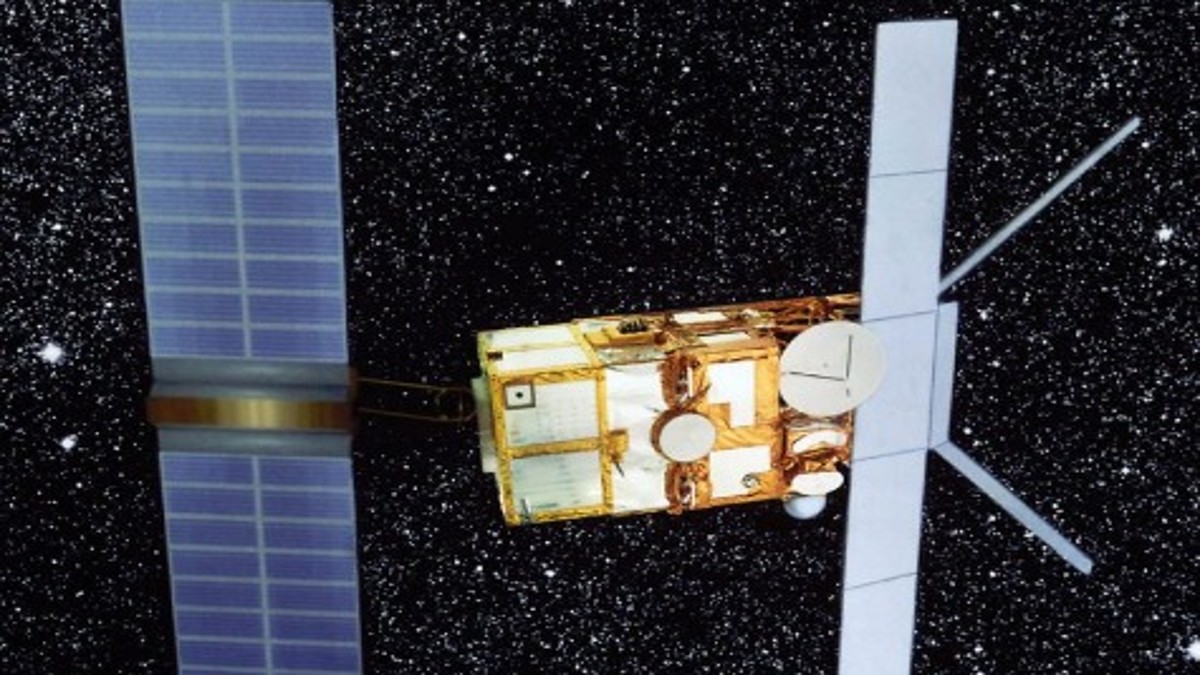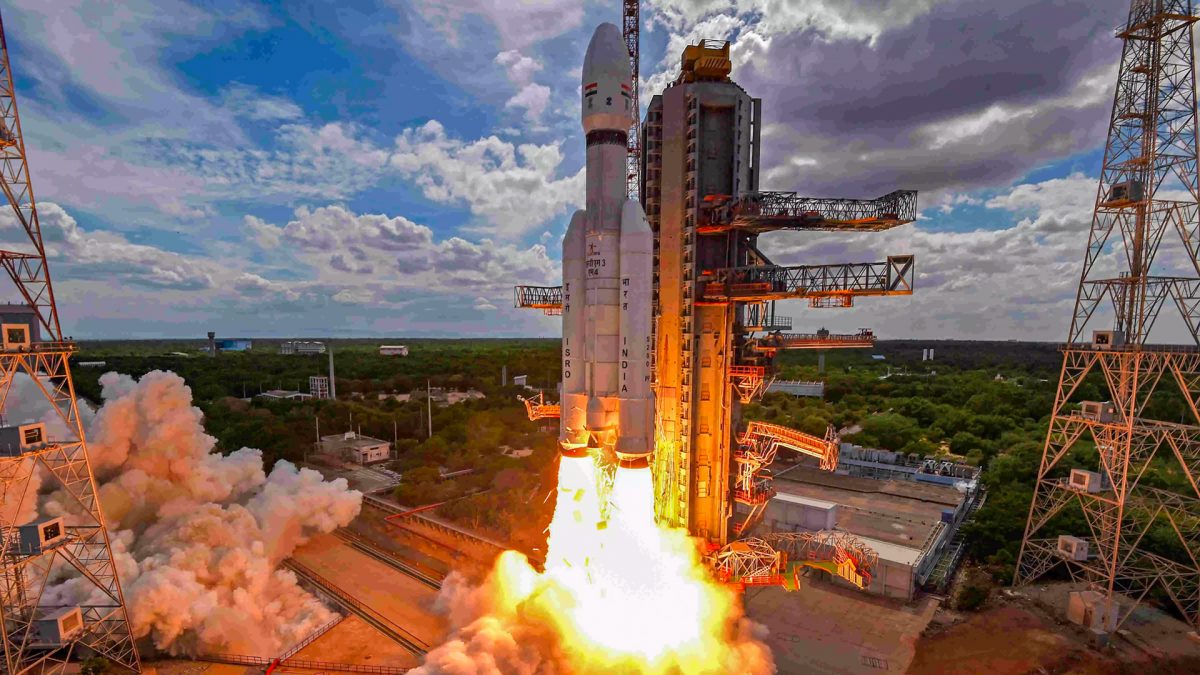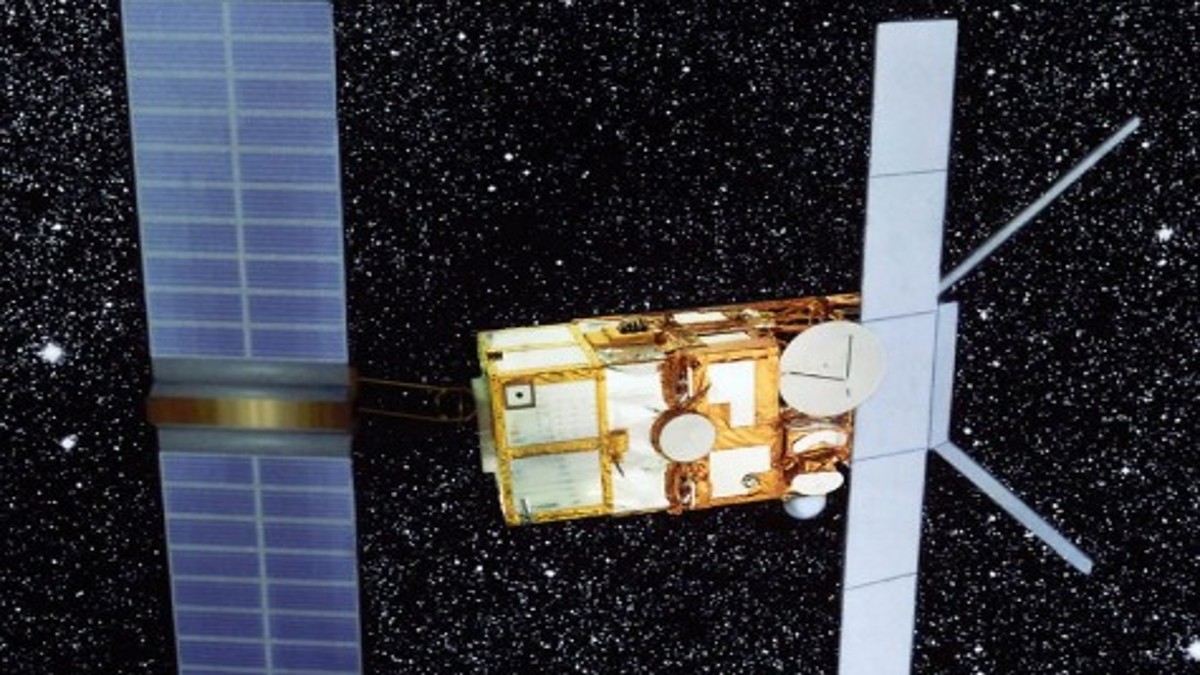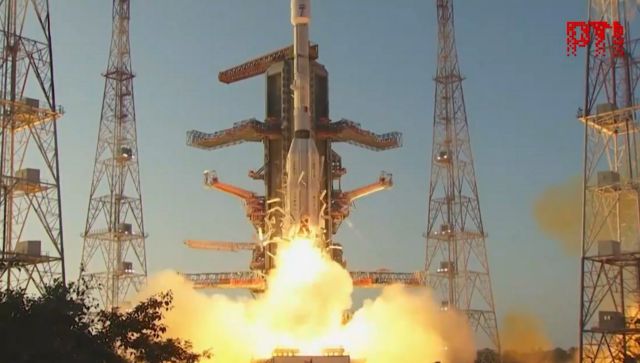European Space Agency (ESA) senior scientific advisor Mark McCaughrean has revealed that the ESA is planning for further collaboration with Indian Space Research Organisation (ISRO) for space missions. Post ISRO’s record breaking launch of 104 satellites in just one go, McCaughrean said it’s the precision in placing satellites and cost reduction.
On his first visit to India, McCaughrean told The Times of India, “ESA plans further collaboration with ISRO in various space missions. Had an informal discussion with former ISRO chairman UR Rao at Bangalore. The current ISRO chairman, AS Kiran Kumar was in a meeting in Delhi that day. Earlier, ESA had collaborated with ISRO on Chandrayaan-1 mission to Moon.”
McCaughrean further added, “Looking forward ESA is planning 15 space missions including Bepe Colombo to Mercury in 2018 and JUICE to Jupiter in 2022.” Currently the ESA’s Gaia satellite mission is on its multi-dimensional space probe, mapping a billion stars in the Milky Way Galaxy.
Bepe Colombo will be the first probe to Mercury in 2018. It is a joint mission between ESA and Japan Aerospace Exploration Agency (JAXA). The Sun’s massive gravity could pose a challenge to place the spacecraft into a stable orbit around Mercury. The Jupiter Icy Moons Explorer (JUICE) will reach Jupiter’s orbit in 2022. The explorer will spend at least three years to observe of the giant gaseous planet and three of its largest moons - Ganymede, Callisto and Europa.
Talking about ESA’s ongoing Gaia mission he said, “It’s an ambitious space mission to scan a six-dimensional map of our Milky Way galaxy of about one billion stars, which is about one percent of the Galactic stellar population. ESA is also preparing for Euclid mission to observe billions of galaxies, to map and measure dark matter and dark energy which constitutes roughly about 80 percent of the mass of the Universe. Studies on dark matter reveal that the universe today is expanding faster than in the past. Such expansion is possible only if the universe contained enough energy to overcome gravity (the dark energy).
The recent detection of gravitational waves and the proposal to set up a LIGO detector by the Indian government will help unravel the mysteries of the black holes and the universe. “ESA has a program to build a gravitational wave detector by 2030, it’s the Laser Interferometer Space Antenna (LISA) mission to observe and measure gravitational waves directly by using laser interferometry.”


)




)
)
)
)
)
)
)
)